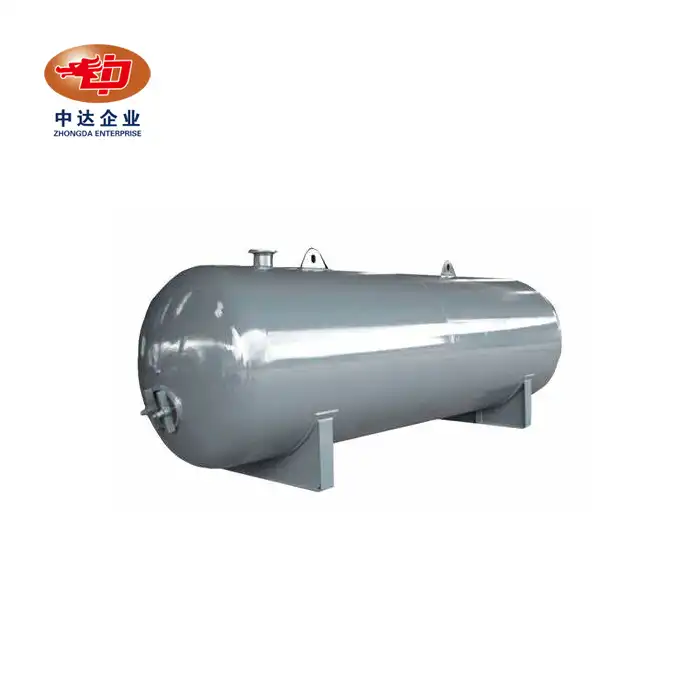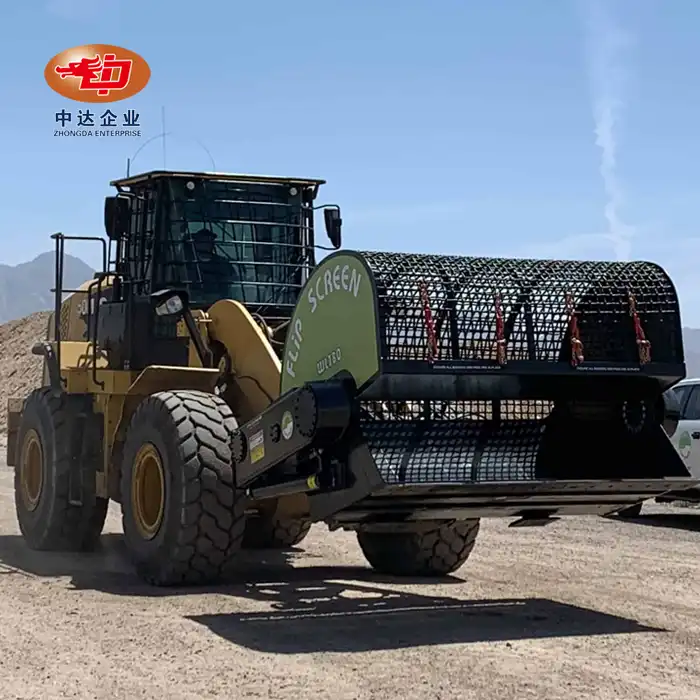Understanding Gas Tank Materials and Heat Resistance
Steel Alloys Used in Gas Tank Construction
Gas tanks are typically constructed using robust steel alloys designed to withstand various environmental stresses. One such alloy is Q345R, known for its exceptional heat resistance and strength retention at high temperatures. This material maintains a yield strength of at least 180 MPa even at temperatures reaching 500°C, making it ideal for gas tanks operating in hot climates or industrial settings.
Heat Impact on Different Tank Materials
While steel alloys like Q345R exhibit remarkable heat resistance, other materials may react differently to elevated temperatures. For instance, some plastics used in portable gas containers may soften or deform when exposed to intense heat. It's crucial to understand the specific properties of the tank material to assess its performance under high-temperature conditions.
Thermal Expansion and Its Effects
As temperatures rise, materials expand. In gas tanks, this thermal expansion can lead to increased internal pressure and potential stress on tank walls and seams. However, modern tank designs account for this phenomenon, incorporating expansion joints or flexible components to accommodate these changes without compromising structural integrity.

Factors Influencing Gas Tank Performance in High Heat
Tank Design and Construction Quality
The design and construction quality of a gas tank play pivotal roles in its ability to withstand high temperatures. Tanks engineered by reputable manufacturers like Zhongda Steel incorporate advanced features such as reinforced seams, pressure relief valves, and corrosion-resistant coatings. These elements work together to enhance the tank's resilience against heat-induced stress and potential failure points.
Operating Conditions and Environmental Factors
The specific operating conditions and environmental factors surrounding a gas tank can significantly influence its performance under high heat. Factors such as exposure to direct sunlight, proximity to heat sources, and ambient temperature fluctuations all contribute to the overall thermal load on the tank. Understanding and managing these factors is crucial for maintaining optimal tank performance and longevity.
Maintenance and Inspection Practices
Regular maintenance and inspection are vital for ensuring gas tank integrity, especially in high-temperature environments. Routine checks for signs of deformation, weld stability, and pressure relief valve functionality can help identify potential issues before they escalate. Implementing a comprehensive maintenance schedule tailored to the specific operating conditions can significantly extend the lifespan of gas tanks exposed to elevated temperatures.
Mitigating the Effects of High Temperature on Gas Tanks
Thermal Insulation Techniques
Effective thermal insulation plays a vital role in safeguarding gas tanks from the adverse effects of high ambient temperatures. By incorporating high-performance insulation materials such as aerogels, ceramic fibers, or multi-layer reflective barriers, internal temperatures can be regulated more efficiently. These materials not only reduce heat transfer but also enhance the tank’s structural integrity over time. Zhongda Steel applies advanced insulation engineering to ensure that tanks remain stable and secure even when exposed to prolonged high-temperature environments.
Pressure Management Systems
High temperatures can cause dangerous pressure fluctuations inside gas tanks, making reliable pressure management systems essential. These systems often include automatic relief valves, rupture discs, and digital sensors that monitor pressure in real time. When excessive pressure is detected, these mechanisms respond swiftly to prevent accidents or mechanical failure. Zhongda Steel incorporates intelligent control systems into tank designs, ensuring consistent pressure regulation and safe operation under extreme thermal conditions, which is critical for both industrial efficiency and safety compliance.

Material Innovations for Heat Resistance
Material advancements are key to enhancing the thermal durability of gas tanks. New developments in nanotechnology, ceramic-metal composites, and heat-reflective coatings offer superior resistance to thermal degradation. These materials can withstand elevated temperatures without compromising structural performance. Zhongda Steel continually invests in research to apply these cutting-edge materials, developing tank solutions that not only resist heat more effectively but also extend operational life. Such innovations ensure that tanks remain functional and reliable across a wide range of high-temperature applications.
Conclusion
While high temperatures above 50°C can affect gas tank strength, modern engineering solutions and high-quality materials significantly mitigate these impacts. The use of heat-resistant alloys like Q345R, coupled with advanced design features and regular maintenance, ensures that gas tanks can operate safely and efficiently even in extreme thermal conditions. As industries continue to push the boundaries of operational environments, the ongoing innovation in materials and tank design will further enhance the resilience of gas storage solutions against high-temperature challenges.
Contact Us
For cutting-edge Q345R gas tank solutions engineered to withstand extreme temperatures, trust Zhongda Steel. Our expertise in precision steel fabrication, coupled with our commitment to innovation and quality, ensures that your gas storage needs are met with unparalleled reliability and performance. Contact us at Ava@zd-steels.com to discuss how we can tailor our advanced tank designs to your specific high-temperature applications.












_1746262121950.webp)

